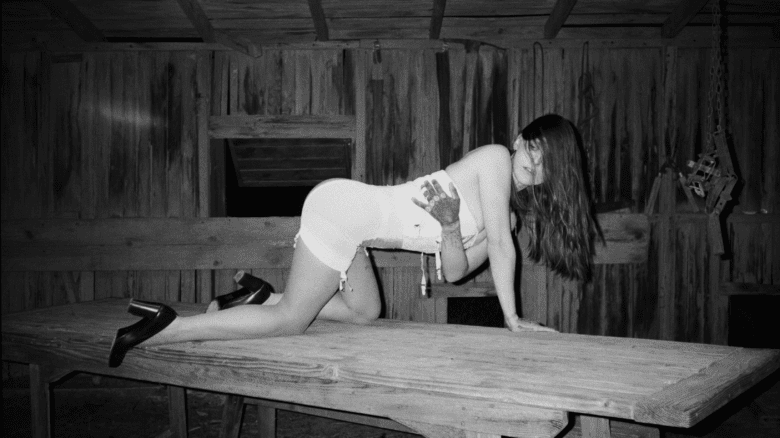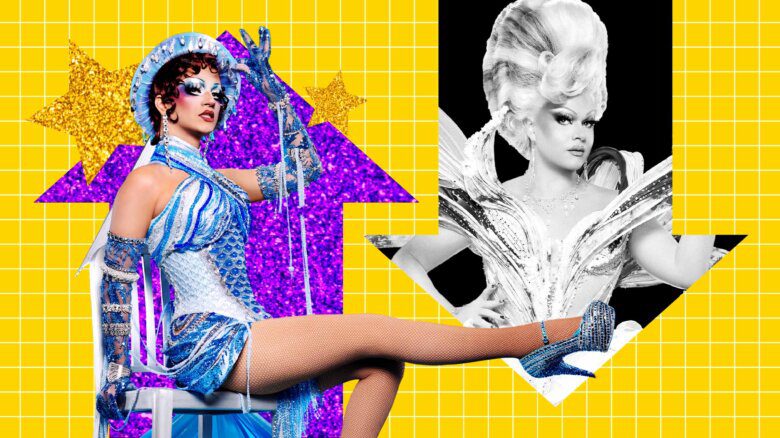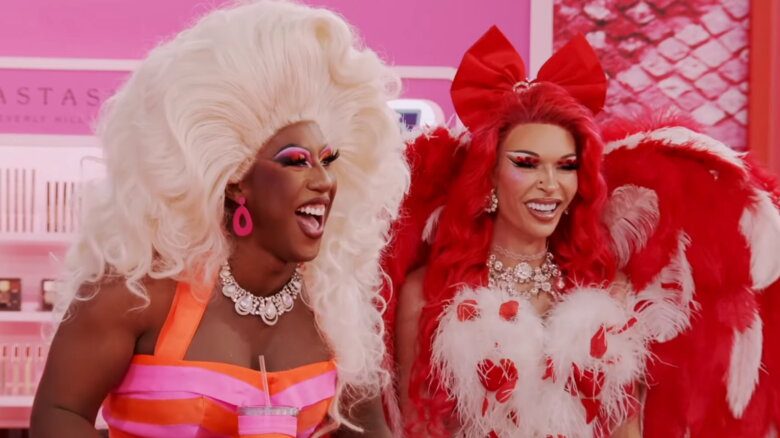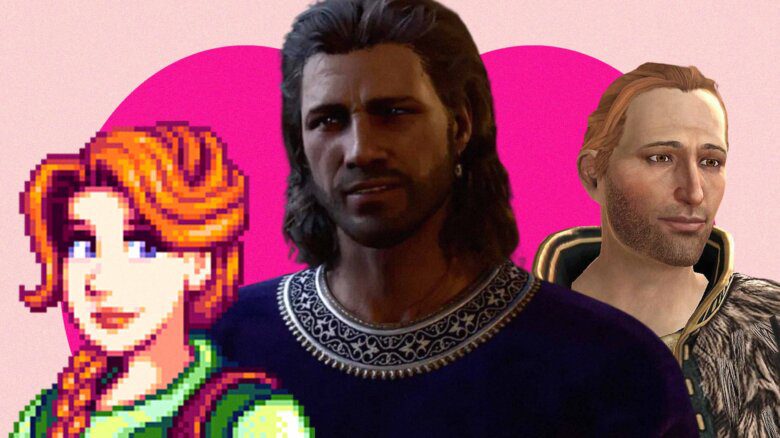Colourful umbrella tops create a wall on stage. The people behind them, hidden, chant: “Invisible, invisible, invisible.”
They are queer elders and they’re tired of keeping quiet, being concealed, being forgotten.
Behind the umbrellas, the members of the Queer Imaging and Riting Kollective for Elders (Quirk-e) rehearse for their upcoming performance at the Britannia auditorium on Jun 6. Quirk-e is a group of older queers who have been recording and sharing their life experiences through various artistic media, such as photography and poetry, since 2006.
This June will mark their live performance debut with Outspoken, a collection of rants, vignettes and storytelling pieces written by the group’s members on the day-to-day existence of being older queers.
One vignette recalls the disrespectful actions of a partner’s family; another remembers the confusion surrounding seeing a psychiatrist for treatment. Together, they collectively explore issues of identity, isolation, discrimination and coming out.
“We did a lot of ranting and venting. We were very nice the first year,” says Claire Robson, Quirk-e’s host artist. “But this year, I don’t know how we got into that, but we got into just venting [about] things that annoy us.”
One of the main sources of Quirk-e’s annoyance is the lack of visibility members face in both the queer and straight communities.
“Even more in the queer community, older people are seen as safe, as pastured, as invisible,” Robson explains, “and in the straight community, queer people are seen as being dangerous, other, disruptive.
“We feel that we’re putting a lot of things right in a lot of different contexts. We’re also really raising the visibility of queer seniors and queer people in nursing homes [and] in residential centres,” she adds.
“I do a lot of education with students who will be going into the health care field,” says Chris Morrissey, a Quirk-e participant and head of the Generations Project. “It continues to surprise me, although I don’t know why it should, that many [students] say, ‘I never thought of that. It’s as though they don’t think that elder LGTB people exist.
“Many of them know about younger queers because there’s been more visibility and all that, but there’s no sense that older people have any sexual orientation at all,” Morrissey says.
“We see [putting on shows] as our opportunity to combat hetero-normativity,” Robson says. “We talk a lot about ‘what do we want to say, what do we want people to know about older people and about queer people.'”
Quirk-e’s preferred method of speaking out is through memoir. Robson believes it’s a good place to begin exploring and honing one’s creative skills.
“One of the risks of aging [is that] you get kind of embedded in your story,” she asserts. “I think in the process of revision — which I’m very big into — you’re not only revising the story, you’re revising yourself. You know, you’re saying, ‘What really happened?’ There’s a demand for honesty that’s very important both to art and to life.”
The search for honesty is part of the reason Bill Morrow, whose nude self-portrait created a stir at Quirk-e’s June 2007 presentation Transformations, joined the group.
“I was in the closet for so long and was never out. In fact, I didn’t come out until probably I was about 50. So [being part of Quirk-e] is a chance to sort of explore and to let people know what it was like 75 years ago,” Morrow explains.
“[There was] a lot of fear, and of course I lived in a small town in the Valley and queers didn’t exist to speak of,” he recalls.
In Outspoken, Morrow shares two stories. One is about being 14 and confessing to a priest about being gay; the other encompasses actively trying, and failing, to change his sexual orientation.
“It’s just sort of my chance to say, ‘Hey, this is what we did and we survived,'” Morrow says.
“Everyone says they feel more out — apart for the ones who felt really out to start with, we have plenty of those!” says Robson. “But many people have said, ‘It’s just great to be out. It’s great to be in public as an out, proud queer.’
“They feel more confident as artists, so they feel they have a voice and that’s so important. They feel that they can say something and that they can stand up there and speak that,” Robson elaborates. “They also feel a sense of community.”
Pat Hogan is rehearsing an entertaining and insightful rap on being an aging queer for Outspoken. She thinks the group’s memoir-based productions play an important role in the queer community.
“There are often moments of glory, of sorrow and of humour in our stories. There are the joys and struggles of coming out, all of which are part of the history of the queer community,” she says.
Hogan is concerned that older queers’ stories could be lost without being recorded, which is why she wanted to share her own now. “It’s important for young queers to understand their own history,” she says.
Robson agrees and hopes that, through their art, Quirk-e reaches into the queer community, particularly its youth, as mentors and role models.
“I think we’re short of mentors for young queers,” she asserts.
“If we can serve as a model in that sense — either by them just seeing our work, by seeing what we’ve done, seeing that you can come out of the journey strong and proud — that’d be cool,” Robson says.
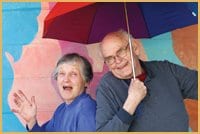
 Why you can trust Xtra
Why you can trust Xtra